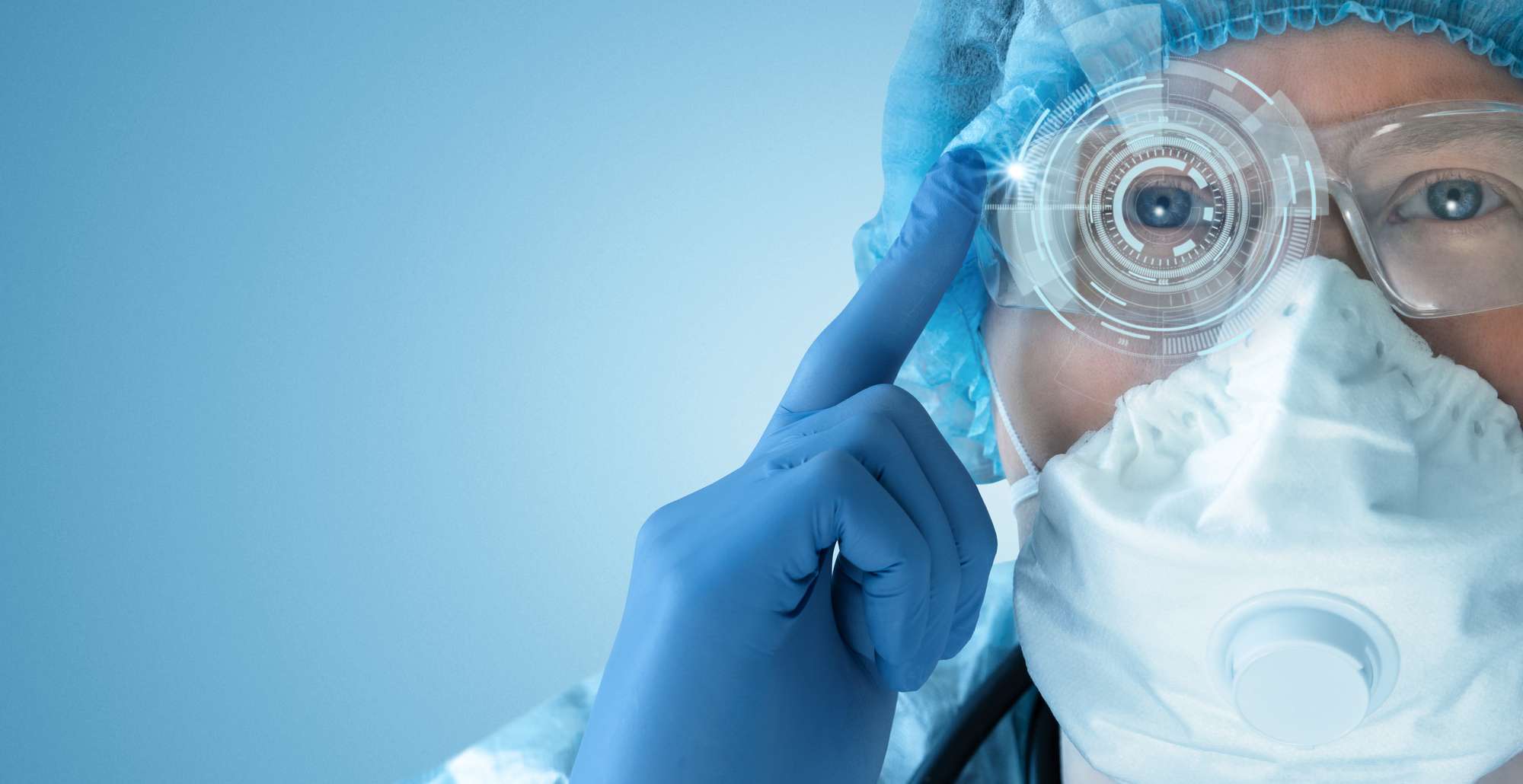
Blog / The Evolving Medical IoT Landscape
The Internet of Things (IoT) has existed in one form or another for a fair while now. As is typical with such things, it’s origin varies depending on your perspective. For some, it started in 1985 with the first ARPANET connected Coca-Cola vending machine. For others, it was in 1999 when Kevin Ashton coined the phrase independently while working at Proctor and Gamble. But for most of us, the IoT didn’t really come online until sometime between 2008 and 2010, as estimated by Cisco Systems. Nowadays, the IoT market has grown so large it encompasses various sub-markets, including Business, Industrial and Medical IoT device markets.
Today, the medical IoT market is growing at an impressive rate, estimated to be worth $187 billion by 2028 and expanding at 29.5% during that period. There are plenty of factors driving this remarkable growth, including the undeniable convenience that many IoT devices provide for tracking health factors like heart rates or insulin levels in diabetics. However, although telehealth and remote monitoring are the most famous examples of how the medical industry is embracing the IoT, much of its future growth will come from other medical use cases and new applications for the technology.
Evolution of the Medical IoT Market
The history of the Internet of Medical Things (IoMT) market may be short, but it can provide some good context for understanding how it developed and where it’s going.
Although not technically a part of the IoMT, the introduction of electronic health records (EHRs) in 1992 marked the beginning of healthcare embracing online technology. Coupled with user portals that allowed patients to self-schedule appointments, access their own medical records, download requisitions, or access any other instructions or documents needed to prepare for a visit, EHRs have become the standard for most modern medical facilities. It was that ability to sign in on a secure online portal and upload or download data and documents that became the basis for the IoMT. From there and enabled by widespread adoption of smart phones, it was a short jump to the first real use case for IoMT devices, remote monitoring and telehealth. Heart and glucose monitors were among the first IoMT devices available to the public, and the devices have evolved considerably since their introduction, with useful new features and capabilities, as well as integration into other IoT devices (such as the Apple Watch’s built-in heartrate monitor).
Modern IoMT Devices and Use Cases
The IoMT market didn’t just give us better and more powerful heart monitors as it matured though. Nowadays remote monitoring can be used to track data about a variety of patient conditions. For example, IoMT sensors can monitor the severity and frequency of tremor in Parkinson’s patients, allowing them to go about their lives and deliver valuable information to their caretakers without having to spend hours being watched in the hospital. This kind of automated tracking also frees up personnel who would otherwise spend hours directly watching patients and transcribing their results, in turn reducing delivery costs and reducing stress on healthcare systems. There are even smart devices to monitor hygiene in medical facilities, reminding doctors and patients alike about proper handwashing and sanitization procedures before entering hospital room and surgery theatres.
While tracking everything from handwashing to Parkinson’s tremor has made monitors the most famous modern IoMT devices, there are plenty of other medical devices that have been given the smart treatment over the years. Smart beds are becoming increasingly ubiquitous in hospitals because they can recognize when patients are lying on them, then automatically adjust their angle for optimum support, freeing up nurses for more important tasks. Another recent smart innovation is the connected asthma inhaler, which can identify when it’s being used incorrectly and prompt corrective action, monitor local air quality, and deliver that information wirelessly for analysis about what may have triggered an asthma attack. Smart inhalers can also be tethered to other devices, such as your phone, so they can warn you when you’ve left them behind. Similarly, smart dispensers can remind patients when to take their medications and send alerts when they miss a dose, or automatically dispense medication on a schedule.
Of course, this is hardly an exhaustive list of IoMT devices and the array of available products is likely to keep growing as technology advances and new uses are found. Additionally, the IT requirements can be complex and substantial when it comes to configuring the devices and keeping enough storage, to say nothing of the enhanced cyber security measures storing and protecting medical data requires. It’s one thing to be held ransom for thousands of dollars by a cyber-criminal; it’s quite another to put a patient’s health at risk due to poor cyber security practices. Nevertheless, health clinics, dental offices, and virtually any other healthcare facility can free up resources, improve convenience and healthcare delivery for patients, and get better outcomes by embracing the ever-evolving medical internet of things.
If you need help planning and implementing a smart office or clinic for your practice, please contact a TRINUS account manager to help.
Sincerely,
The TRINUS Team.
trinustech.com

















